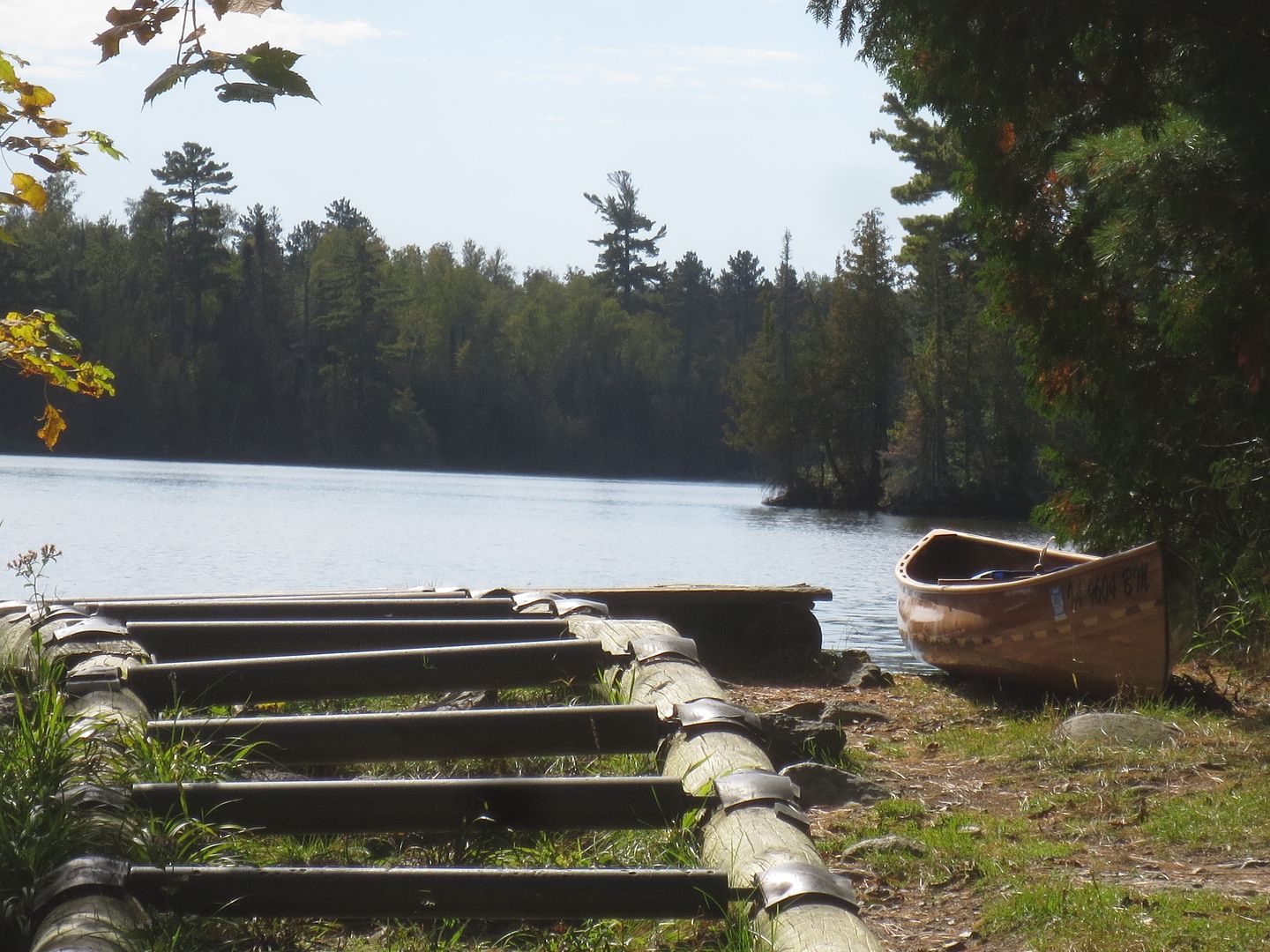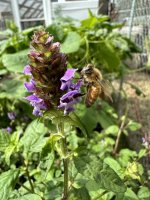That is a stunning photo! Thanks for sharing.This is pretty cool, even if you can’t spell Canoe!
Mathew Nichols Photography is at Hoh Rainforest Olympic Nat'l Park.
1h · Forks, WA ·
"Hair ice", or "bearded frost" is a rare phenomenon that only occurs in a small percentage of the world. It has played a major part in inspiring me to go "above and beyond" to capture and learn about the amazing wonders of nature. When I first came across this unique substance I was absolutely astonished. I had to know more, there were only a few pieces of wood that had this on it and I wanted to know why.
So there I began my studies and learned so much about what causes this. Though it is similar to the phenomenon called "Hoar frost" they are 2 completely different things. Hair Ice grows specifically on the decaying wood of an Alder tree branch, while hoar frost can be found on just about any surface in cold temperatures. Hair Ice is caused by a fungus that lives within the decaying wood, and this fungus "breathes" or releases its spores through the night pushing the moisture harnessed within the wood out of the woods pores, causing it to immediately freeze with contact of the below freezing temperatures. The small hole of which the moisture is released from is as thin as a strand of hair, therefore causing the hair-like ice to form.
I wanted to know how to find it so that I could show my family, I began to go search any morning there was frost on the ground and was surprised at how uncommon it really was. Because I had a hard time finding it again I began to take note of the conditions. I wrote in my journal the temperatures, wind-spead, humidity level, and cloud cover present in the hours leading up to my search. I eventually determined the precise conditions required for this to occur.
Surprisingly google didn't help much in learning about these things, I even had to make the determination myself that it only grows on dead alder branches. From there I waited for the right conditions to occur again, I wanted to not only know what caused it, but I also wanted to see it grow.
Equipped with only my cellphone at the time I went out at night when the conditions were projected to be within the "Golden zone" and set up my phone pointed at a fallen alder branch that I had seen it grow on previously, and began to take a timelapse of this incredible phenomenon.
I ran into so many problems with this plan. My phone would get too cold and shut off, the battery would drain too fast, and the lighting was very difficult to make work. So I taped hand warmers to my phone and plugged it into a battery pack, and then used a few lanterns to provide the proper lighting. It took atleast a dozen attempts to finally work through all my issues and achieve my goal of a timelapse from start to finish of the formation of hair ice. I will include the link to this timelapse in the comments
I was so proud and felt so accomplished by the end of it that my passion for photography reached a whole new level. I saw first hand what determination and persistence can create and never looked back. For this I will always have a special place in my heart for this unique phenomenon and will never walk past it without taking some time to admire its beauty first.
-
Happy National Audubon Day! 🐣🐦🦅🕊️
You are using an out of date browser. It may not display this or other websites correctly.
You should upgrade or use an alternative browser.
You should upgrade or use an alternative browser.
Photo of the day
- Thread starter memaquay
- Start date
A little sticky spring snow really brings out the contours of a hull.

You can see where the flare in the bow and stern give way to straight sides and then tumblehome in the center. On this canoe (Rx Wilderness) I've played with bow thwart length to adjust the flare, but the cost of a drier lap is a longer reach to the water, not worth it for me. Every hull is a compromise.

You can see where the flare in the bow and stern give way to straight sides and then tumblehome in the center. On this canoe (Rx Wilderness) I've played with bow thwart length to adjust the flare, but the cost of a drier lap is a longer reach to the water, not worth it for me. Every hull is a compromise.
Arthur Carhart in the 1920’s exploring the area in the Superior NF of NE Minnesota which eventually became the BWCA.
Inspiration maybe?I was thinking more like this oneView attachment 135173
- Joined
- Jan 7, 2016
- Messages
- 931
- Reaction score
- 844
Arthur Carhart took some very good pictures of the Northeastern Minnesota Roadless area. Anyone who has paddled that country owes a debt of gratitude to him and his report to the US Forest Service.
Last edited:
- Joined
- Jan 7, 2016
- Messages
- 931
- Reaction score
- 844
Delete
Last edited:
You have some nice photos out there, Al.It was so calm and quiet this morning that it would have been an insult to Mother Nature to paddle hard. View attachment 135244
Thanks Mason, thankfully the world is a beautiful place.
Self Heal
I had no idea what this is. So I looked it up and found out that it's Prunella vulgaris. That clears it up.
I mostly remember fireweed in Alaska. I think I had some homemade fireweed jelly.
Similar threads
- Replies
- 5
- Views
- 251
- Replies
- 2
- Views
- 138
- Replies
- 27
- Views
- 2K
- Locked
- Replies
- 11
- Views
- 657
- Replies
- 34
- Views
- 2K











